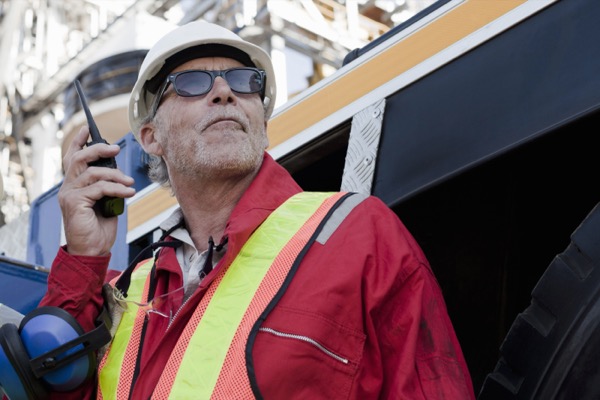Management plays a critical role in machine guarding by fostering a safety culture and ensuring employee compliance with safety protocols. Effective management practices contribute to the implementation and maintenance of proper machine-guarding measures, reducing the risk of accidents and injuries in the workplace. This article discusses the importance of management in machine guarding, outlines key responsibilities of management, and provides strategies for fostering a safety culture and ensuring employee compliance with safety protocols.
Importance of Management in Machine Guarding
Management’s involvement in machine guarding is crucial for the following reasons:
- Establishing a Safety Culture: Management sets the tone for workplace safety by establishing a culture that values and prioritizes safety. When management emphasizes the importance of machine guarding and leads by example, employees are more likely to embrace and comply with safety protocols.
- Ensuring Compliance with Regulations: Management is responsible for ensuring compliance with regulatory standards, such as those set by OSHA. By actively monitoring and enforcing machine guarding requirements, management ensures that employees are protected from hazards and that the organization meets legal obligations.
- Risk Assessment and Hazard Mitigation: Management plays a key role in identifying and addressing potential hazards associated with machinery and equipment. Through risk assessments, management can implement appropriate machine guarding measures and develop strategies to mitigate risks effectively.
- Training and Education: Management is responsible for providing comprehensive training and education on machine guarding principles and safe work practices. By investing in employee training programs, management equips employees with the knowledge and skills necessary to operate machinery safely and comply with safety protocols.
Responsibilities of Management in Machine Guarding
Management’s responsibilities in machine guarding include:
- Policy Development: Establishing clear policies and procedures related to machine guarding, including guidelines for installation, maintenance, inspection, and employee training. Policies should align with regulatory requirements and industry best practices.
- Resource Allocation: Allocating resources, such as time, budget, and personnel, to ensure proper machine guarding measures are in place. This includes providing adequate funding for guard installations, maintenance activities, employee training, and necessary equipment.
- Training and Communication: Providing ongoing training and communication on machine guarding principles, safe work practices, and regulatory requirements. This includes training employees on hazard identification, reporting procedures, and the importance of complying with safety protocols.
- Supervision and Accountability: Ensuring that supervisors and managers are actively engaged in enforcing machine guarding policies and holding employees accountable for compliance. Regular supervision, inspections, and audits help ensure that guards are properly installed, maintained, and used as intended.
- Continuous Improvement: Encouraging a culture of continuous improvement by soliciting feedback from employees, analyzing incident reports, and identifying areas for enhancement. Management should foster an environment where employees feel comfortable reporting guarding deficiencies and suggesting improvements.
Strategies for Fostering a Safety Culture and Ensuring Compliance
To foster a safety culture and ensure employee compliance with safety protocols, management can employ the following strategies:
- Lead by Example: Management should demonstrate a commitment to safety by consistently following safety protocols, wearing appropriate personal protective equipment, and actively participating in training programs. Leading by example creates a culture of safety and reinforces the importance of compliance.
- Employee Involvement: Encourage employee involvement in machine guarding initiatives by soliciting input, fostering open communication, and involving employees in the development of safety policies and procedures. Engaged employees are more likely to take ownership of safety protocols and comply with them.
- Training and Education Programs: Develop comprehensive training programs that provide employees with the knowledge and skills necessary to understand and adhere to machine guarding protocols. Offer regular refresher training sessions to reinforce safe practices and keep employees informed of any updates or changes.
- Recognition and Incentives: Recognize and reward employees who actively participate in machine guarding programs, report deficiencies, and demonstrate exemplary safety practices. Incentives, such as safety awards or bonuses, can motivate employees to prioritize safety and compliance.
- Regular Communication: Maintain open lines of communication with employees regarding machine guarding policies, updates, and feedback. Regularly communicate safety-related information through meetings, newsletters, notice boards, or digital platforms. Encourage employees to ask questions, voice concerns, and provide suggestions for improvement.
Conclusion
Management plays a pivotal role in machine guarding by fostering a safety culture and ensuring employee compliance with safety protocols. By establishing a culture that values safety, allocating resources for proper guarding measures, providing training and education, and promoting accountability and continuous improvement, management creates a workplace environment that prioritizes safety and minimizes the risk of accidents and injuries. Through effective leadership and engagement, management demonstrates its commitment to employee well-being and compliance with regulatory standards in machine guarding.







